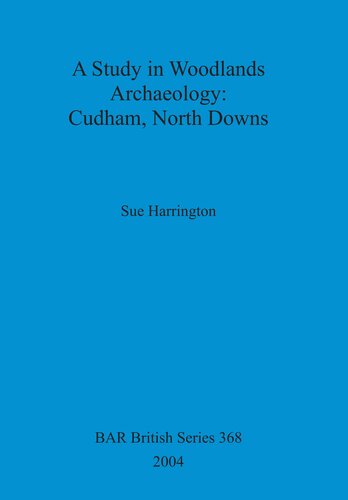

Most ebook files are in PDF format, so you can easily read them using various software such as Foxit Reader or directly on the Google Chrome browser.
Some ebook files are released by publishers in other formats such as .awz, .mobi, .epub, .fb2, etc. You may need to install specific software to read these formats on mobile/PC, such as Calibre.
Please read the tutorial at this link: https://ebookbell.com/faq
We offer FREE conversion to the popular formats you request; however, this may take some time. Therefore, right after payment, please email us, and we will try to provide the service as quickly as possible.
For some exceptional file formats or broken links (if any), please refrain from opening any disputes. Instead, email us first, and we will try to assist within a maximum of 6 hours.
EbookBell Team

4.8
74 reviewsIn this volume, the author examines the woodland banking in the parish of Cudham on the North Downs (to the south of the Greater London region) to establish the phases of expansion and contraction of the woodlands in the Medieval period. An anomaly was evident between the Domesday Book reference suggesting extensive ploughlands and a post-Medieval reference suggesting extensive woodlands. Synthesis of the evidence from a sampling survey of the banking, the place-name evidence and from documentary sources suggested changes in the land use and settlement patterns, with the woodlands consistently prominent through all periods. The extant banking is thought to relate to the earliest Medieval settlement of the parish, which probably took the form of bounded estates. Their later use as woodland banks has preserved them in the landscape. Early Medieval use of the landscape for transhumant pasturing, followed by a dispersed settlement in the woodlands, led to a limited, arable, open field system in the later Medieval period. Non-manorial land tenure was characterised by renting, indicating the ability to generate income through the sale of surplus woodland products. The post-Medieval period is characterised by privately-owned woodland compartments. The conclusion is drawn that, over time, Cudham has been maintained as a specialised, woodland resource-producing area in the hinterland of London.